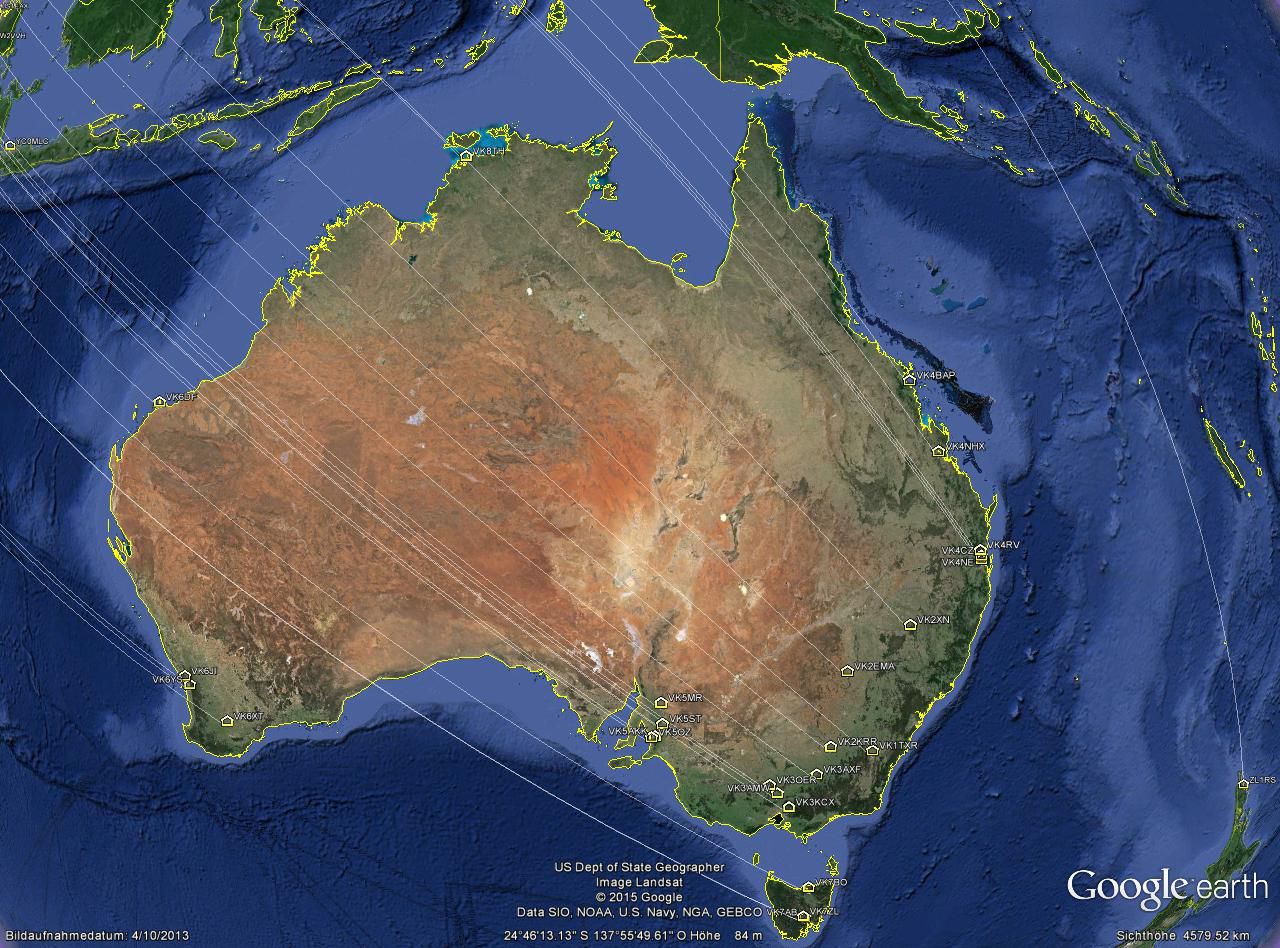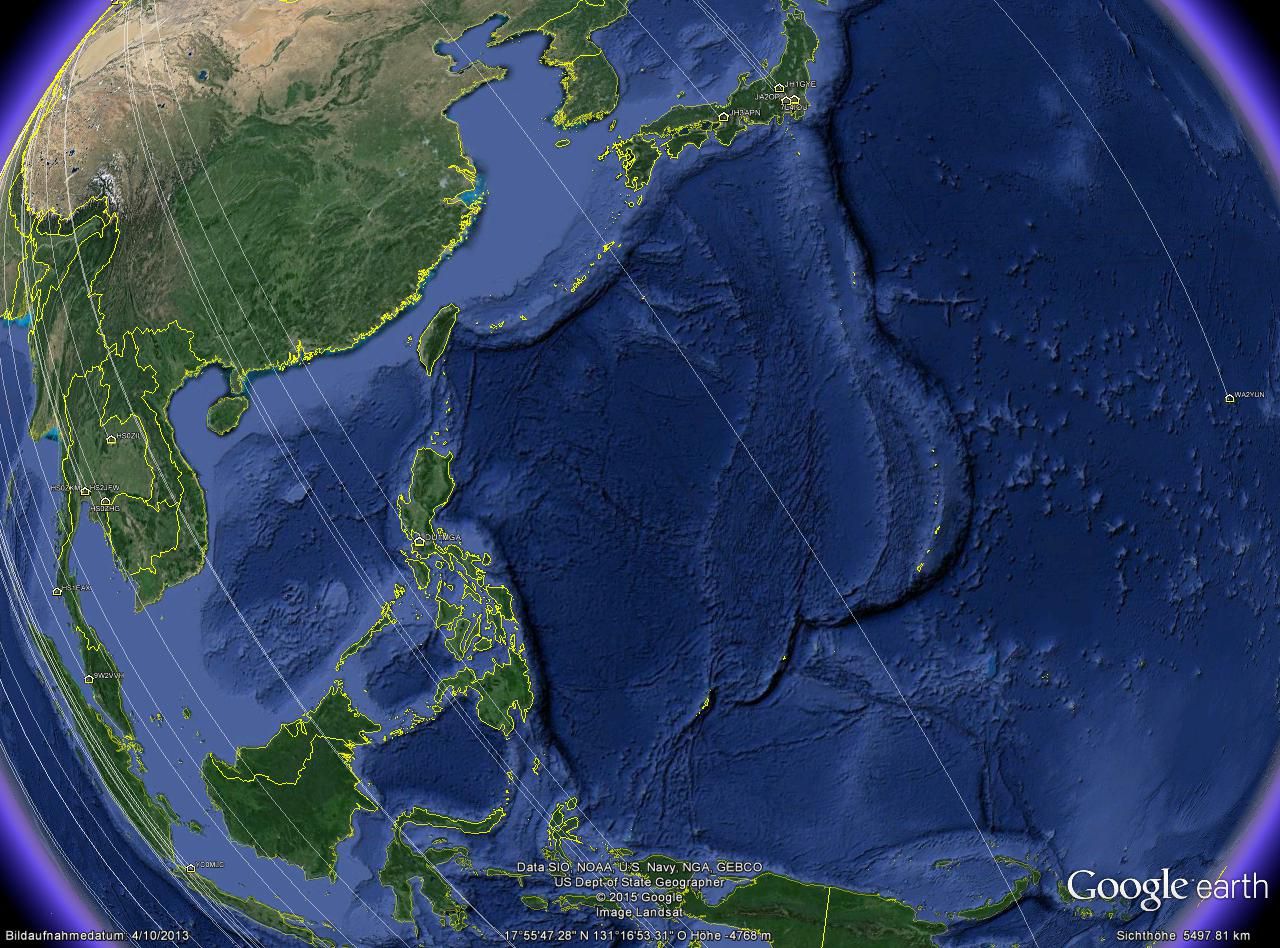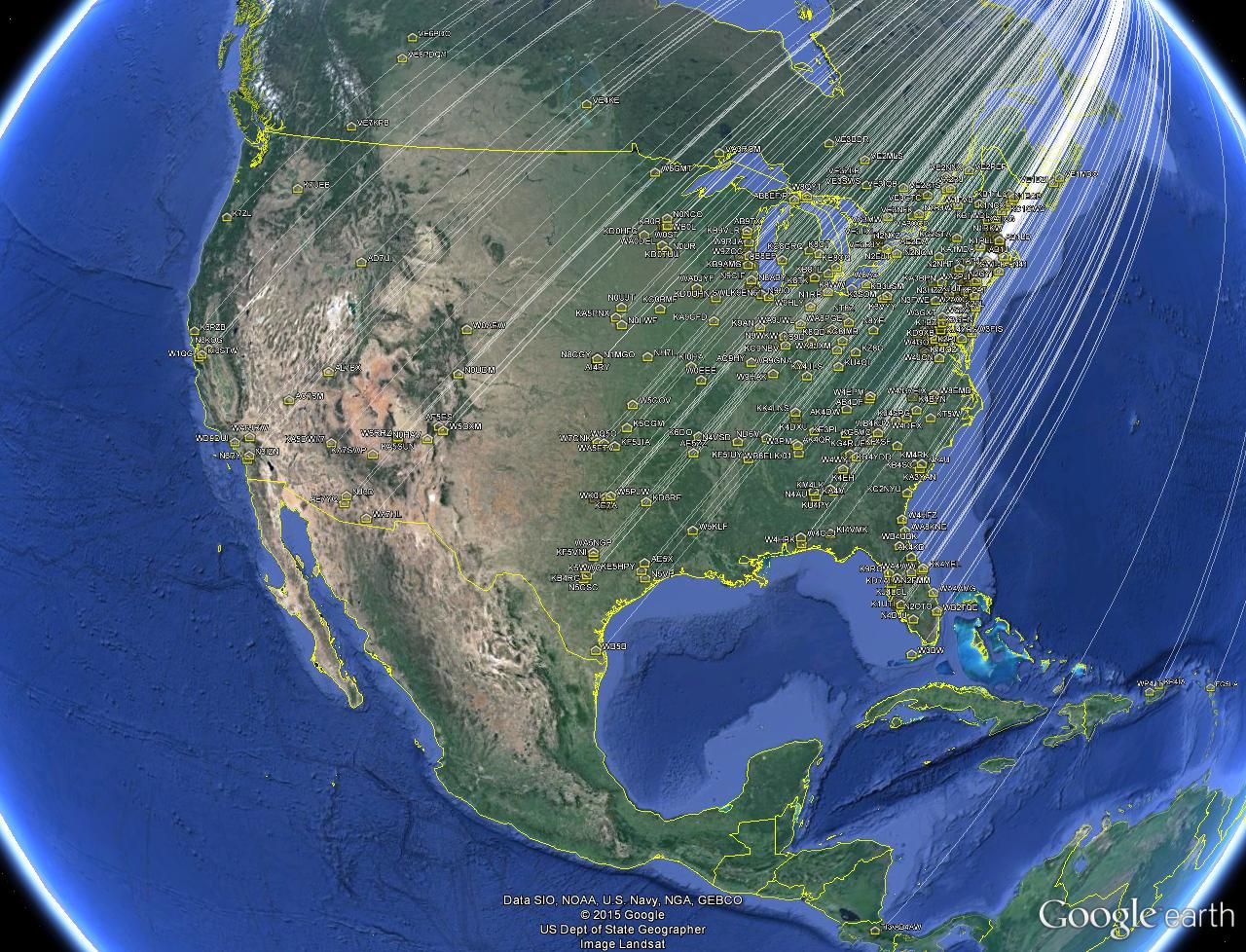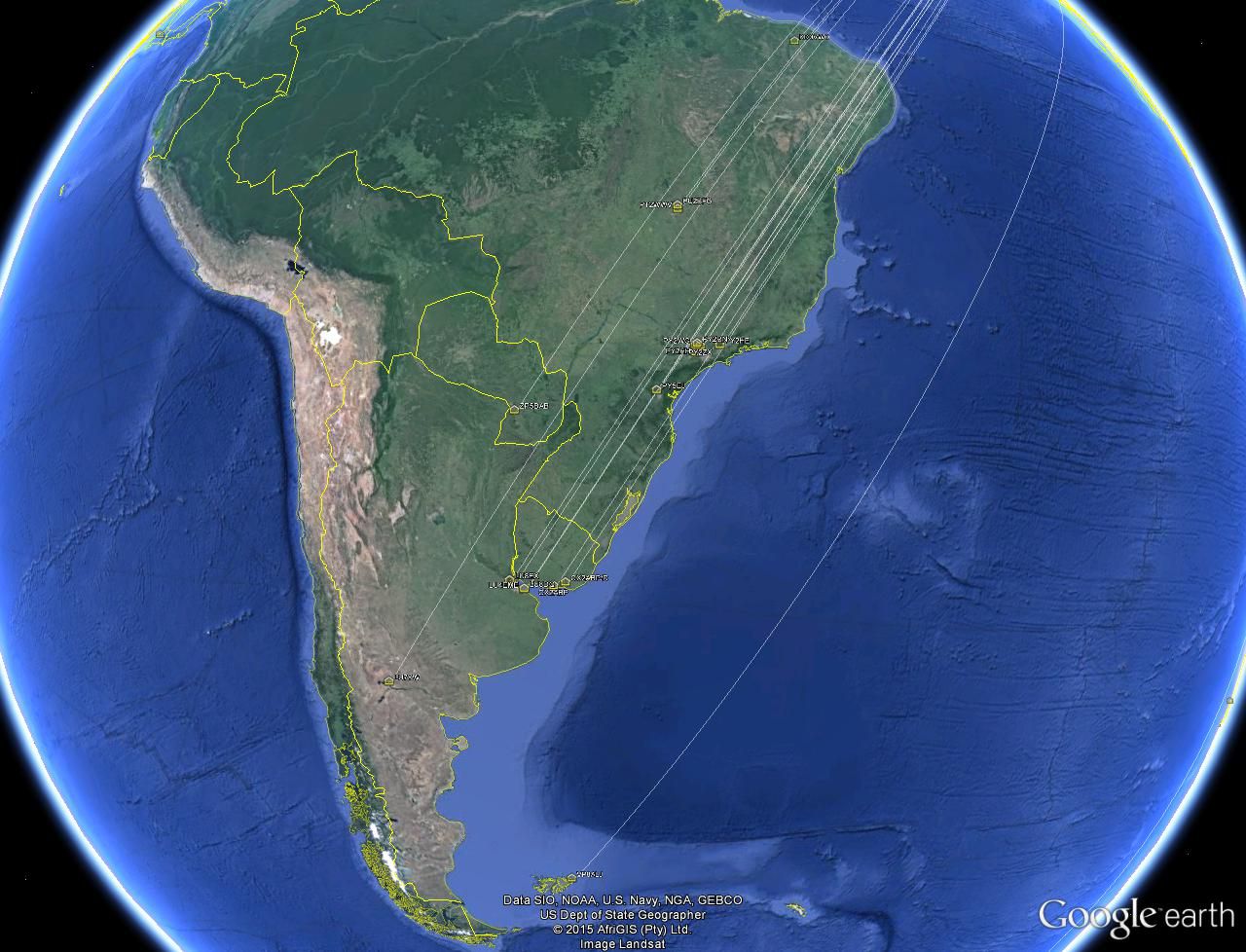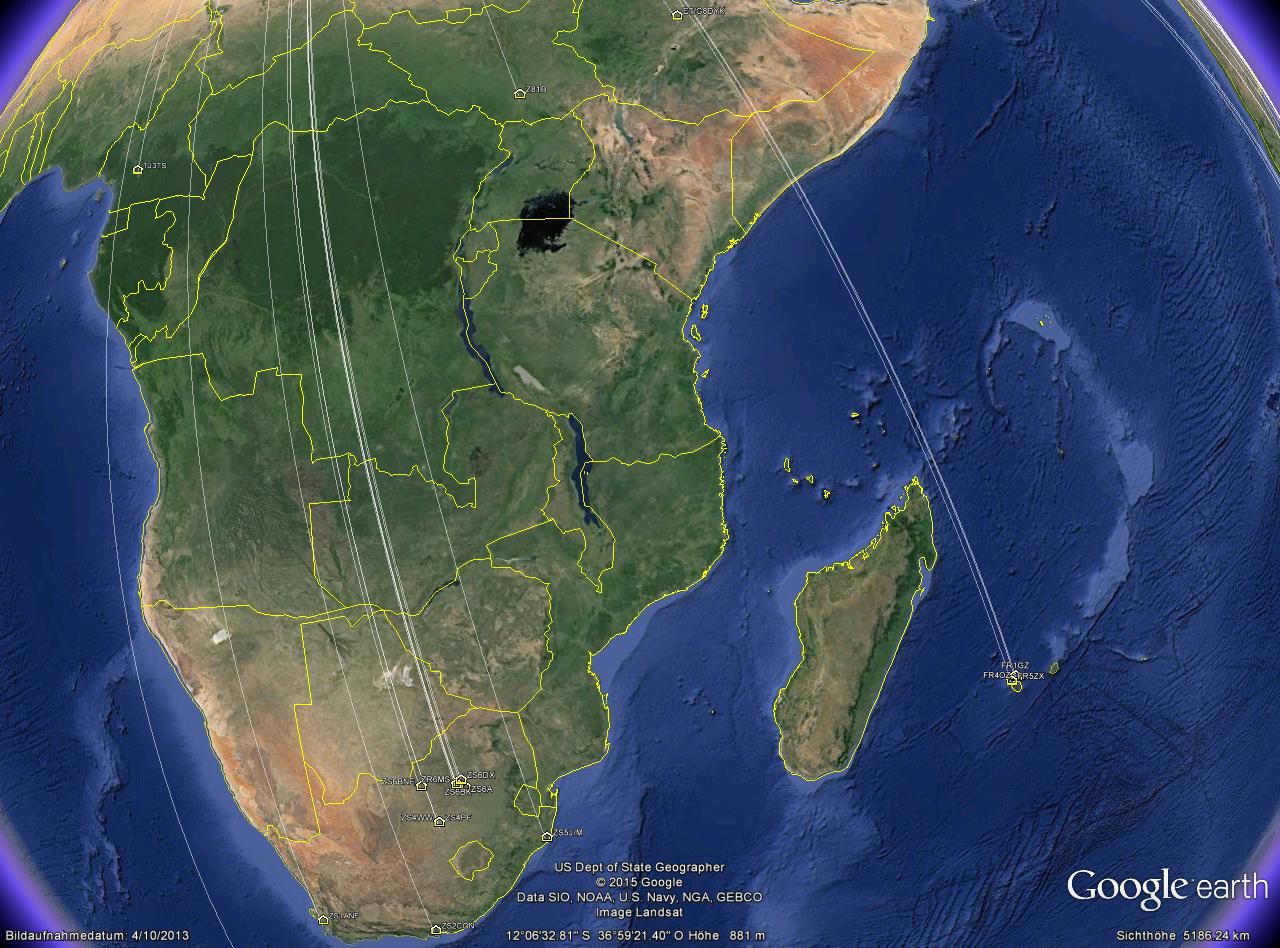| rating |
quality of output signal |
synchronization |
power
consumption |
antenna
outputs |
ease
of setup |
| ++ |
stand-alone TRX |
GPS |
Raspberry
Pi with WsprryPi or QRP labs Ultimate |
up
to 5: QRP labs Ultimate 3 |
PC-based
solution with standalone TRX |
| o |
QRP labs Ultimate 2 or QRP labs Ultimate 3 |
NTP over permanent internet
connection |
stand-alone TRX |
Raspberry Pi with WsprryPi | |
| - |
Raspberry
Pi with WsprryPi |
PC-based solution with standalone TRX |
1 output only : QRP labs Ultimate 2 or Raspberry Pi with WsprryPi |
QRP labs Ultimate 2 or QRP labs Ultimate 3 |
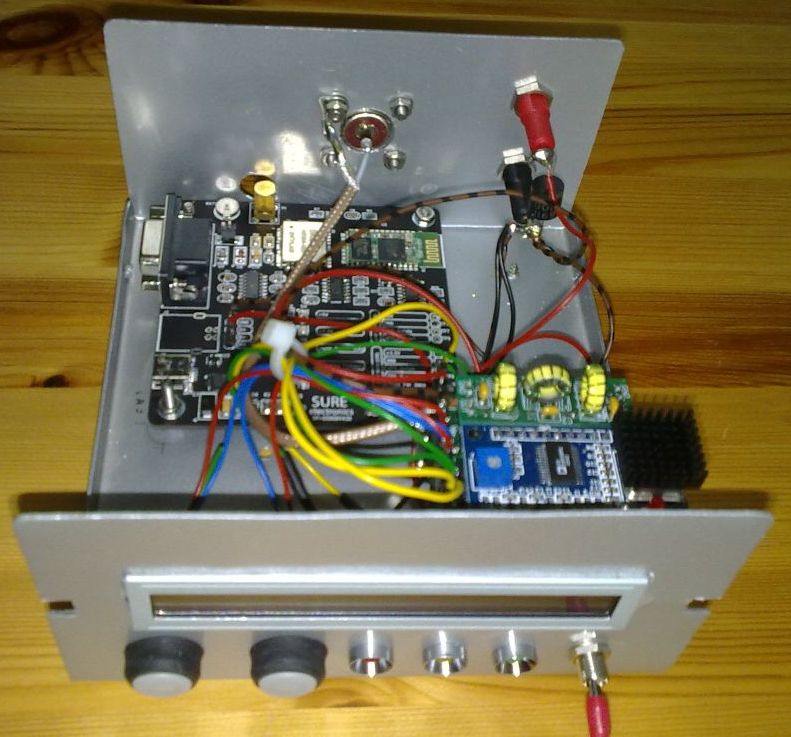

| Band | used power (equivalent isotropically radiated power) | mileage
in km per Watts EIRP |
| 28 MHz | 0.002 W EIRP | 3 889 000 km / W EIRP
(tnx KM4LK !) |
| 28 MHz | 0.002 W EIRP | 3 580 000 km / W EIRP (tnx KZ8C !) |
| 28 MHz | 0.002 W EIRP | 3 373 500 km / W EIRP (tnx W3CSW !) |
| Band | used power (equivalent isotropically radiated power) | mileage
in km |
| 28 MHz | 0.2 W EIRP | 18 098 km (tnx ZL1RS !) via
short path |
| 28 MHz | 0.2 W EIRP | 21 976 km (tnx ZL1RS !) via long path |

